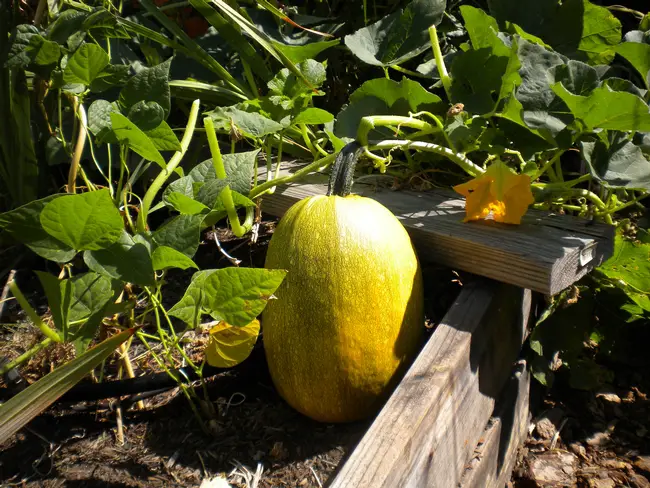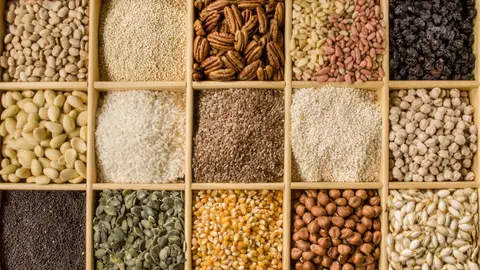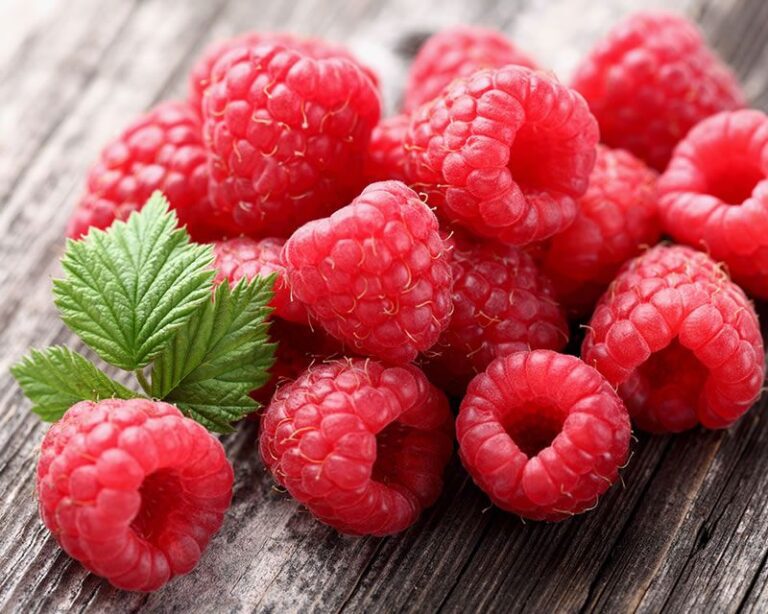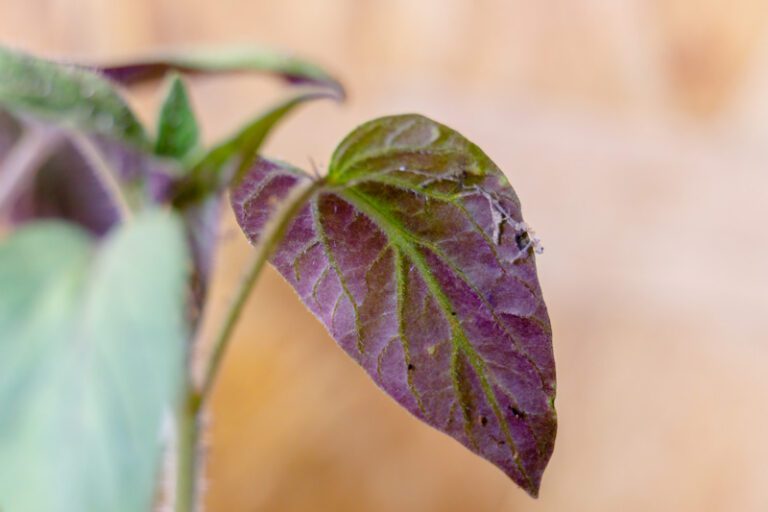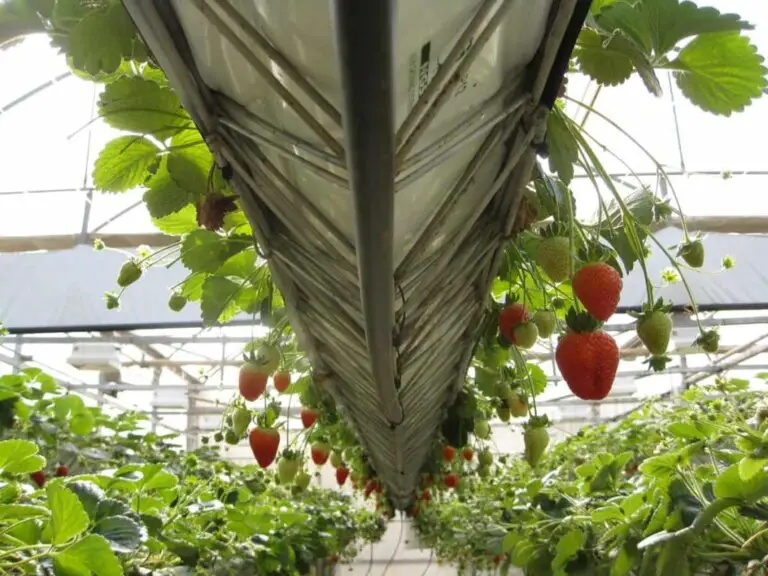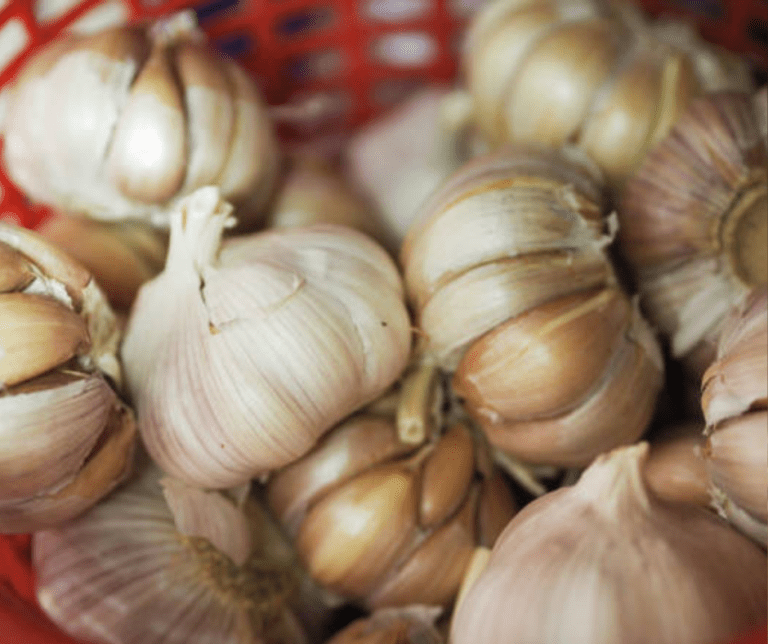Choosing a Digging Fork: Best Value for Your Garden
Table of Contents
Types of Digging Forks
There are several types of digging forks available on the market, each designed for specific purposes in the gardening realm. One common type is the garden fork, characterized by its sturdy construction and typically four flat tines that allow for efficient soil turning and aerating. Another type is the potato fork, featuring shorter and thicker tines that are ideal for digging up root vegetables without causing damage.
Additionally, the border fork is a smaller and lighter version of the garden fork, suitable for working in confined spaces and around delicate plants. The trenching fork, with its narrow and pointed tines, is perfect for digging deep and narrow channels for planting or irrigation purposes. Each type of digging fork serves a unique function, catering to the diverse needs of gardeners and agricultural enthusiasts.

Materials Used in Digging Forks
The materials used in digging forks play a crucial role in determining the tool’s durability, strength, and overall performance. Commonly, digging forks are crafted from durable materials like stainless steel, carbon steel, and forged steel. Stainless steel is known for its resistance to rust and corrosion, making it an excellent choice for those who often work in damp or wet conditions. Carbon steel is favored for its exceptional strength and ability to hold a sharp edge, making it suitable for breaking up tough soil and stubborn roots. Forged steel is renowned for its durability and long-lasting performance, making it a reliable option for heavy-duty digging tasks.
In addition to the tines, the materials used in the handle of a digging fork are equally important. Handles are commonly made from hardwood, fiberglass, or metal. Hardwood handles are prized for their natural beauty, comfortable grip, and shock-absorbing properties, making them a popular choice among gardeners. Fiberglass handles are lightweight, durable, and resistant to weathering, making them ideal for long hours of use in various outdoor conditions. Metal handles, such as those made from aluminum or steel, offer exceptional strength and durability, making them suitable for heavy-duty digging applications.

Handle Length and Material
When selecting a digging fork, the handle length and material play a crucial role in ensuring comfort and efficiency during use. Optimal handle length is typically around 28-32 inches, allowing for proper leverage and reduced strain on the user’s back and arms. Common handle materials include hardwoods like ash or hickory for durability, shock absorption, and a comfortable grip. Additionally, some modern digging forks feature ergonomic designs with cushioned handles to further enhance user comfort and reduce hand fatigue during prolonged use.
The handle material also affects the overall weight of the digging fork, with lighter materials like fiberglass or aluminum offering ease of handling and maneuverability. Consider the balance between handle length, material, and weight to find a digging fork that suits your gardening needs and physical abilities. Remember, a well-designed handle can make a significant difference in your gardening experience, allowing you to tackle tough soil with ease and precision.
Here’s a tabular representation of the handle length and materials used in making garden forks:
| Type of Garden Fork | Handle Length | Handle Material | Tine Material | Tine Shape |
| Hand Fork | Approximately 10 inches | Hardwood (European ash) | Boron steel | Flat-faced, pointed tips |
Remember, a good garden fork should have a durable handle, comfortable ergonomic design, and sharp tines suitable for breaking up tough soil. Whether you’re digging, aerating, or turning soil, choosing the right fork ensures efficient gardening.
Tine Shape and Number
When selecting a digging fork, it’s crucial to consider the tine shape and number. Tines come in various shapes, such as flat, rounded, or curved, each with its unique benefits. Flat tines are great for penetrating hard soil, while curved tines work well for aerating and turning soil. The number of tines can also vary, with some forks having four or more for increased efficiency in breaking up compacted soil.
The tine shape and number play a significant role in the fork’s performance and versatility in the garden. Choosing the right combination can make your gardening tasks easier and more effective. Whether you prioritize deep penetration, efficient soil turning, or precise aerating, there is a digging fork out there with the ideal tine shape and number to meet your specific gardening needs.
Weight and Balance
When selecting a digging fork, considering the weight and balance of the tool is crucial for efficient and comfortable use. The weight of a digging fork can impact how easily you can maneuver it through soil, particularly when dealing with compacted or rocky terrain. A well-balanced digging fork helps distribute the weight evenly, reducing strain on your arms and back during prolonged use.
Balancing the weight of a digging fork is also essential for precision and control while working in the garden. A fork that is properly balanced allows you to exert force where needed without feeling unsteady or off-balance. Look for digging forks with a balanced design that complements your strength and gardening style for a more enjoyable and effective digging experience.

Durability and Longevity
One crucial aspect to consider when investing in a digging fork is its durability and longevity. The longevity of a digging fork is often determined by the materials used in its construction. High-quality materials such as stainless steel or forged carbon steel are known for their resilience against rust, corrosion, and bending, ensuring a longer lifespan for the tool. Additionally, forks with well-constructed joints and welds are less likely to break or come apart during intensive use, further enhancing their durability.
Moreover, the overall design and craftsmanship of a digging fork can greatly impact its durability. Forks with reinforced tines, sturdy connections between the tines and the handle, and a robust construction are more likely to withstand the rigors of digging in various soil types without succumbing to wear and tear. Choosing a digging fork from a reputable brand known for its quality craftsmanship and attention to detail can also increase the chances of owning a durable tool that can last for years to come.
This table summarize the durability and longevity of digging forks and garden forks:
| Fork Type | Durability | Longevity | Key Features |
| Digging Fork / Spading Fork | High | Long-lasting | Wide, triangular-tipped blade. Suitable for loamy or sandy soils. Ideal for root crop harvesting. Forged steel construction. Consider the Radius Garden 203 PRO Ergonomic Stainless Steel Digging Fork |
| Garden Fork | Moderate to High | Durable | Four narrow spikes with pointed tips. Effective in harder soils, including clay. Versatile for various garden tasks. Narrow spines for dense soil. Consider the Fiskars Garden Fork. |
Remember that proper maintenance and care contribute significantly to the longevity of these tools. Regular cleaning, storage in a dry place, and occasional sharpening can extend their lifespan.
Comfort and Grip
When it comes to comfort and grip, these essential features can make a significant difference in your gardening experience. A well-designed handle that fits comfortably in your hand will reduce strain and fatigue during long hours of digging. Look for a digging fork with ergonomic grips that are padded or textured to prevent slipping, ensuring that you can maintain a secure hold while working in various soil conditions.

Additionally, consider the weight distribution of the digging fork for optimal balance. A well-balanced tool will feel natural in your hands, allowing for precise movements and control while digging. Ensuring that the fork is not too heavy towards the tines or the handle will help you maneuver it with ease, providing a comfortable and stable grip throughout your gardening tasks.

Price Range
When it comes to digging forks, the price range can vary depending on factors such as the materials used, brand reputation, and additional features. Basic digging forks made of durable steel with wooden handles may fall in the lower price range, typically ranging from $20 to $50. These options are budget-friendly and suitable for occasional gardening tasks.
On the other hand, premium digging forks crafted from high-quality stainless steel or carbon fiber, equipped with ergonomic handles and additional functionalities, can cost anywhere from $50 to $150 or more. These top-tier models are designed for professional gardeners or enthusiasts who value durability, comfort, and efficiency in their gardening tools.
Best Value Brands
When it comes to best value brands for digging forks, Wilkinson Sword and Fiskars are two names that stand out for their quality and affordability. Wilkinson Sword has been a trusted name in gardening tools for decades, known for their durable and reliable products. Fiskars, on the other hand, is a global leader in the gardening industry, offering innovative designs that are both functional and cost-effective.
Both Wilkinson Sword and Fiskars offer a range of digging forks that cater to different gardening needs, from basic soil turning to more heavy-duty tasks. With their focus on quality materials and ergonomic designs, these brands provide excellent value for money without compromising on performance. Whether you’re a seasoned gardener or just starting out, choosing a digging fork from Wilkinson Sword or Fiskars can ensure that you have a reliable tool by your side for years to come.
Here’s a tabular summary of the Best Value Brands for Digging Forks:
| Brand | Features |
| Radius Garden 203 PRO | Stainless steel, ergonomic design |
| Truper 30293 Tru Tough | Sturdy build, budget-friendly |
| Fiskars Ergo D-handle | Comfortable handle, durable steel |
| Spear & Jackson 4552BF | Narrow design, stainless steel |
Customer Reviews
When considering customer reviews of digging forks, it is essential to take into account the various experiences shared by users. Many customers have praised the durability and strength of particular digging forks, highlighting how they withstand tough soil conditions without bending or breaking. These reviews often emphasize the value of investing in a high-quality digging fork that can withstand frequent and vigorous use in the garden or on the farm.
In contrast, some users have expressed concerns about the comfort and grip of certain digging forks, noting that extended use can lead to hand fatigue or blisters. These reviews often suggest looking for fork handles with ergonomic designs and comfortable grips to enhance the overall user experience. Additionally, customers have provided valuable insights into the maintenance practices that can help prolong the lifespan of digging forks, such as regular cleaning, oiling, and storage in a dry environment.
Maintenance Tips
To keep your digging fork in optimal condition, it is essential to regularly clean it after each use. Remove any dirt, debris, or residue that may have accumulated on the tines and handle. Use a brush or cloth to wipe down the entire fork, ensuring no moisture is left to promote rusting.
In addition to cleaning, it is crucial to store your digging fork in a dry place to prevent corrosion and damage. You can apply a thin coat of protective oil on the metal parts to further safeguard against rust. Inspect the fork for any signs of wear and tear, such as loose tines or cracks in the handle, and address any issues promptly to prolong the fork’s lifespan.
Here’s a summary of the Maintenance Tips for Digging Forks:
| Maintenance Task | Description |
| Cleaning | After each use, clean the fork to remove soil and debris. Use a garden hose or water to wash it down. For stubborn mud, use a wire brush or steel wool. Dry thoroughly to prevent rust. |
| Sharpening | Regularly inspect the tines for sharpness. If dull, sharpen them using a file or sharpening stone. Angle the file to match the original bevel of the tines. A sharp fork is more effective for digging. |
| Storage | Store the fork in a dry, cool place to prevent rust. Hang it up or keep it off the ground to avoid moisture. Periodically oil the metal parts for extra protection. |
| Troubleshooting | Bent Tines: If tines are bent, carefully straighten them using pliers. Rust: Remove rust with sandpaper or steel wool. Apply rust-resistant coating if needed. |
Remember to follow these tips to keep your digging fork in excellent condition.
Alternative Uses for a Digging Fork
Digging forks are versatile tools that can be utilized for more than just breaking up soil and aerating compost. One alternative use for a digging fork is to help with turning and mixing compost piles. The sturdy tines of the fork can easily penetrate dense layers of organic material, allowing for thorough blending and aeration, which are essential for successful composting. Additionally, digging forks can be handy for harvesting root vegetables like potatoes and carrots. The sharp tines can be gently inserted into the soil around the base of the plant to loosen the roots, making it easier to lift the vegetables out of the ground without damaging them.
Another creative use for a digging fork is for mulching and spreading organic matter in the garden. The fork’s tines can be used to scoop up and distribute mulch, straw, or other organic materials evenly around plants, helping to retain soil moisture, suppress weeds, and provide essential nutrients to the soil. This method ensures that the mulch is spread out effectively without the need for excessive bending or stooping, making the task more efficient and less strenuous for gardeners.
Eco-Friendly Options
When it comes to choosing an eco-friendly option for your digging fork, it’s important to consider the materials used in its construction. Opting for a digging fork made from sustainable materials such as bamboo or recycled steel can help reduce your environmental impact. These materials are not only durable and long-lasting but also contribute to a more sustainable gardening practice overall.
Additionally, selecting a digging fork from a brand that prioritizes eco-conscious manufacturing processes and packaging can further enhance your effort to go green in your gardening routine. Look for brands that are transparent about their sustainability practices, use recyclable materials, and take steps to minimize their carbon footprint. By making eco-friendly choices in your gardening tools, you can play a part in promoting environmental responsibility while cultivating your green spaces.
Here’s a summary of Eco-Friendly Options for Digging Forks:
| Type of Fork | Features |
| Digging Fork / Spading Fork | Wide, triangular-tipped blades. Designed for aerating or blending soils. Useful for working compost into garden beds and digging up root crops. Better suited for loamy or sandy soils. |
| Garden Fork | Classic garden pitchfork with four narrow spikes and pointed tips. Cuts through harder soils, including thick clay. Ideal for turning soil. Cousin: Border Fork, commonly used in raised beds or narrower spaces. |
| Compost Fork | Larger fork with tines bent to form a slight scoop. Excellent for turning compost piles and aerating them. Helps maintain compost heat. Suitable for heavier compost tasks. |
Remember to choose a fork that aligns with your gardening needs and supports eco-friendly practices.
Where to Buy a Digging Fork
When looking to purchase a digging fork, there are several options available both online and in physical stores. Many garden centers and hardware stores carry a variety of digging forks, ranging from basic models to more specialized designs. Online retailers such as Amazon, Home Depot, and Lowe’s also offer a wide selection of digging forks that can be conveniently delivered to your doorstep. It’s important to read product reviews and compare prices to ensure you’re getting the best quality and value for your money.
For those looking for a more personalized shopping experience, specialty gardening stores and nurseries may offer unique and artisanal digging forks not found in larger chain stores. Additionally, exploring local farmers’ markets or attending gardening expos and trade shows can provide the opportunity to connect with expert vendors who can offer guidance on selecting the right digging fork for your specific gardening needs. Whether shopping in person or online, taking the time to research different brands and models can help you make an informed decision and find the perfect digging fork for your gardening projects.
Final Thoughts
When considering the purchase of a digging fork, it is essential to assess your specific needs and preferences to ensure you select the most suitable option. Factors such as tine shape, handle length, and durability play a crucial role in the performance and longevity of the tool. By carefully evaluating these features, you can make an informed decision that will enhance your gardening experience and efficiency.
Moreover, exploring different brands and customer reviews can provide valuable insights into the quality and reliability of various digging forks available on the market. Opting for a reputable brand known for producing high-quality and durable gardening tools can significantly impact the overall satisfaction and performance of the tool. Additionally, seeking advice from experienced gardeners and professionals can offer valuable recommendations and tips for selecting the best digging fork for your gardening needs.
To Know More About Choosing Digging Fork, Watch This Video!
Can a digging fork be used for any other purposes besides gardening?
Yes, a digging fork can also be used for turning compost, aerating soil, and even for dividing plants.
Are there any eco-friendly options available for digging forks?
Yes, there are eco-friendly digging forks made from sustainable materials such as bamboo or recycled metals.
How can I maintain my digging fork to ensure its longevity?
To maintain your digging fork, make sure to regularly clean it after use, store it in a dry place to prevent rusting, and occasionally sharpen the tines.
Where is the best place to buy a high-quality digging fork?
You can find high-quality digging forks at garden supply stores, hardware stores, and online retailers such as Amazon or Home Depot.

